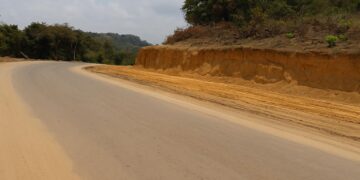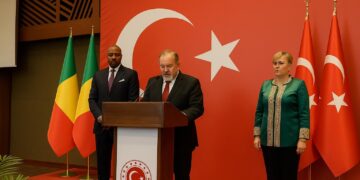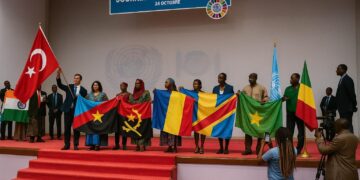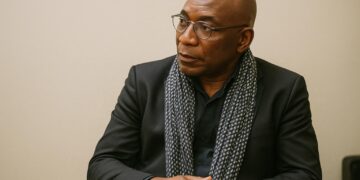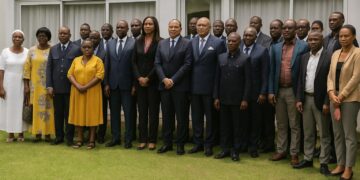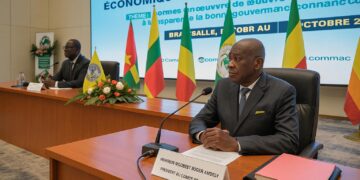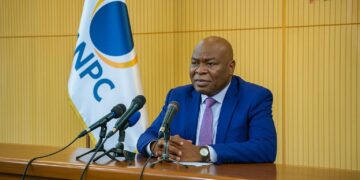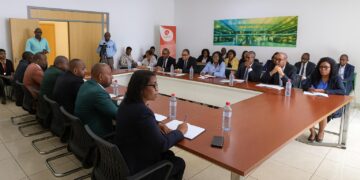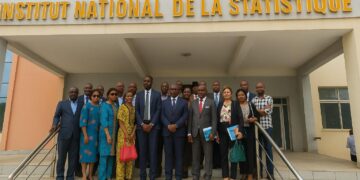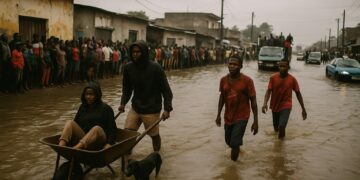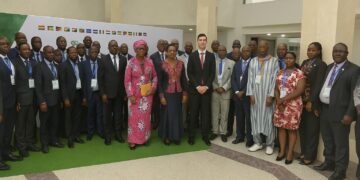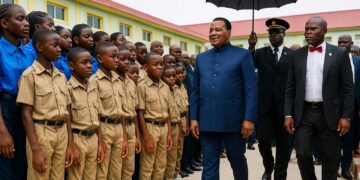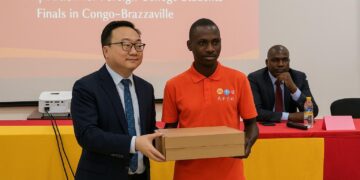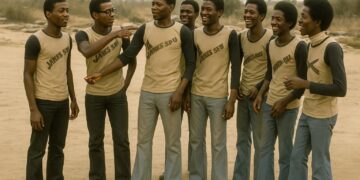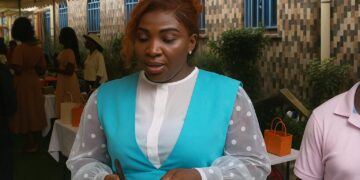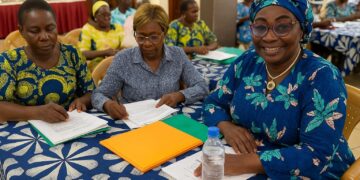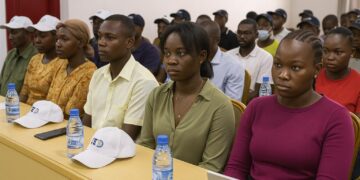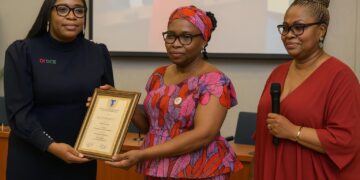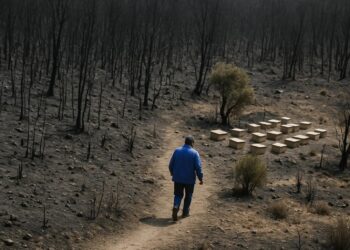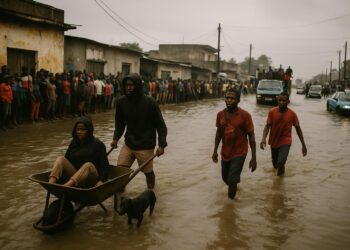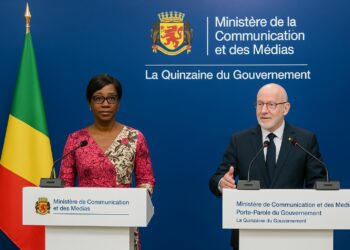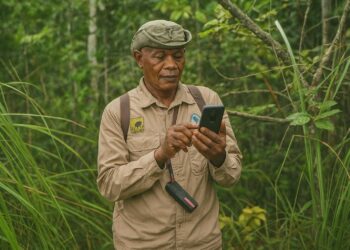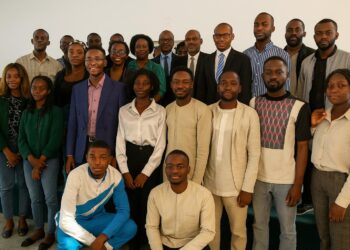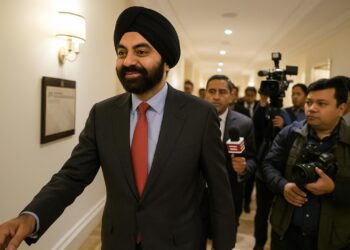Presidential launch signals green ambition
During a working visit to Oyo on 2 November, President Denis Sassou N’Guesso gave the first shovel turn for Congo’s 39th National Tree Day, launching the planting of 1,000 seedlings on the grounds of the Lycée d’Excellence. The gesture opened a week of nationwide climate-smart activities.
National Tree Day, instituted in 1984 and held every 6 November, encourages every citizen to plant at least one sapling. This year’s theme—“One tree, one forest, one plantation for a flourishing Congo”—mirrors Brazzaville’s ambition to couple economic growth with stewardship of the Congo Basin rainforest.
A demonstrator plot at the Lycée d’Excellence
The Programme national d’afforestation et de reboisement, ProNAR, designed the Oyo plot as a demonstrator. On 2.5 hectares, technicians spaced holes five metres apart, enriched them with green manure from fast-decomposing Tithonia diversifolia and Echinochloa pyramidalis, and installed drip lines to secure survival through the next dry season.
According to acting coordinator François Mankessi, 900 Terminalia mantaly dominate the site thanks to their shade canopy and resistance to pests. The remaining quarter-hectare hosts one hundred fruit trees—mango, African plum, orange, lemon and avocado—forming a living laboratory for pupils learning grafting, pruning and agro-ecological management.
Agroforestry delivers food, income and carbon gains
Interrows will temporarily grow maize, an integrated agroforestry approach that yields livelihoods while young trees mature. Researchers from the National School of Agronomy estimate the combined system could sequester up to 35 tonnes of carbon per hectare over 20 years, while lifting maize yields by 15 %.
The presidential spokesman underlined that Oyo was chosen for its symbolic value; the town sits on the edge of the Cuvette department, where deforestation pressure remains moderate but shifting cultivation is expanding. Officials want the lycée’s orchard to demonstrate profitable alternatives for surrounding smallholders.
Aligning with national climate pledges and finance
Beyond symbolism, the project feeds into Congo’s Updated Nationally Determined Contribution, which pledges to reduce net greenhouse-gas emissions 30 % by 2030, largely through forest conservation and reforestation. The government estimates a financing gap of US$1.2 billion for forestry programmes, signalling room for concessional lending and voluntary carbon deals.
In 2023 the World Bank approved a US$41 million Forest and Economy Project supporting ProNAR’s extension to ten departments. Early lessons from Oyo will inform seedling choice, labour arrangements, and digital monitoring protocols that could later unlock carbon credits under the Washington-based Forest Carbon Partnership Facility.
Private firms are paying attention. Local telecom operator Airtel Congo confirmed discussions with ProNAR to sponsor drone surveillance of young plantations, while Société Générale Congo is exploring branded micro-savings accounts that let customers fund one tree per month. Such partnerships illustrate emerging green finance niches.
Education, culture and community involvement
Education remains central. The Lycée d’Excellence will integrate the orchard into its biology curriculum, allowing students to measure soil pH, observe nitrogen fixation, and develop business plans for processing surplus fruit into juice. The Ministry of Technical Education hopes to replicate the model in 20 schools by 2027.
Indigenous knowledge has not been sidelined. During the ceremony, local elder Pauline Okou emphasized traditional uses of Terminalia bark for treating fever, highlighting cultural ties that make conservation meaningful. Authorities vowed to involve community leaders in species selection during planned expansions toward the Tsiaki corridor.
Critics of past tree-planting campaigns often cite low survival rates. This time, ProNAR has budgeted for two years of maintenance, including manual weeding and organic compost top-dressing. Remote sensing company SatSense will deliver quarterly Normalized Difference Vegetation Index reports to enable corrective action where canopy density lags.
From Oyo to global climate forums
The timing aligns neatly with the UN Decade on Ecosystem Restoration. Congo’s delegation to COP30 in Belém next year intends to showcase Oyo’s data-driven approach as proof that medium-income countries can reconcile timber exports with restoration at scale if monitoring and extension budgets are ring-fenced.
For investors, the initiative sends a dual signal: the state is serious about safeguarding its 22 million-hectare forest asset, and it welcomes blended finance structures that pool domestic effort with international expertise. Analysts at the Brazzaville-based think tank CERAPE view this as conducive to long-term sovereign debt sustainability.
Survival rates will define ultimate success
In the short term, the main deliverable remains simple—keep the seedlings alive through their vulnerable first two years. If survival exceeds 80 %, the site could evolve into a genetic bank supplying hardy Terminalia clones for industrial out-grower schemes, multiplying the impact far beyond the lycée fence.
As students return to class under newly planted canopies, the 1,000 young trees embody a broader vision: an economy where learning, farming, and climate action grow together. National Tree Day continues to remind Congolese households that each sapling is a small but essential line of defence against warming.


